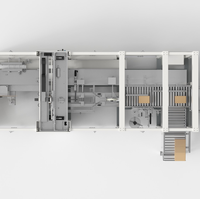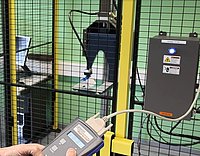
There you stand: your bioprocess has been developed. Your Design of Experiments (DoEs) executed and analyzed. Your process validation is done (3 batches, likely) and the report is out. The FDA has given you the go ahead. You even have moderately data-based release criteria. Time to celebrate and leave the rest to the quality-operations department? Not quite.
Bioprocesses change over time. Improvement after improvement. Shut-down after shut-down. GMP bioprocesses are changing and renewing piece by piece; at what point is it still the same process? And from the authorities’ perspective, how can we know that our process continues to maintain its original validated state, even years after the launch?
The FDA’s modern approach to this is Continued Process Verification (CPV), stage 3 of the process validation methodology which seeks to answer this question of continued control of the process. CPV is the last, lengthiest, and most-underestimated part of Quality by Design (QbD) process development. It is often thrown in at the last second, understaffed by process engineering departments, and underappreciated by quality departments (at least until the quality product review).
The groundwork for CPV
Fortunately, the groundwork for CPV is straightforward. At its most basic, we must continuously verify the Critical Quality Attributes (CQAs), Critical Process Parameters (CPPs) and other relevant process information over time to ensure the maintenance of the validated state. This includes not only checking acceptance criteria, but carefully monitoring and trending these attributes and parameters, using the correct statistical applications. And while most basic software can provide the groundworks for these approaches, there are endless opportunities to improve and development new methods to ensure the robust continuation of your processes’ validated state.
Where to look first? First and foremost, the FDA validation guidelines give us the main rundown: “Process validation is defined as the collection and evaluation of data, from the process design stage throughout production, which establishes scientific evidence that a process is capable of consistently delivering quality product.”
Otherwise stated, CPV is a framework of collecting and analyzing data to ensure that drug manufacturing processes are in a constant state of control. This state of control is very similar to the goals of the validation of the process (proving control of the process), and is why the FDA has included it into its overall validation approach: “An ongoing program to collect and analyze product and process data that relate to product quality must be established (§ 211.180(e)). The data collected should include relevant process trends and quality of incoming materials or components, in-process material, and finished products.”
There are also numerous papers online describing approaches to CPV and a couple of well-executed case studies. As a quick recap of the overall validation strategy: validation is put to practice in three steps (stages):
- Process characterization
- Process performance qualification
- Continued process verification
As would seem clear here, CPV is the hand-off from process characterization and performance qualification. However, this is not an entirely linear scheme. Information coming from both stage 1 and 2 can and should be included in CPV (more on that later).







